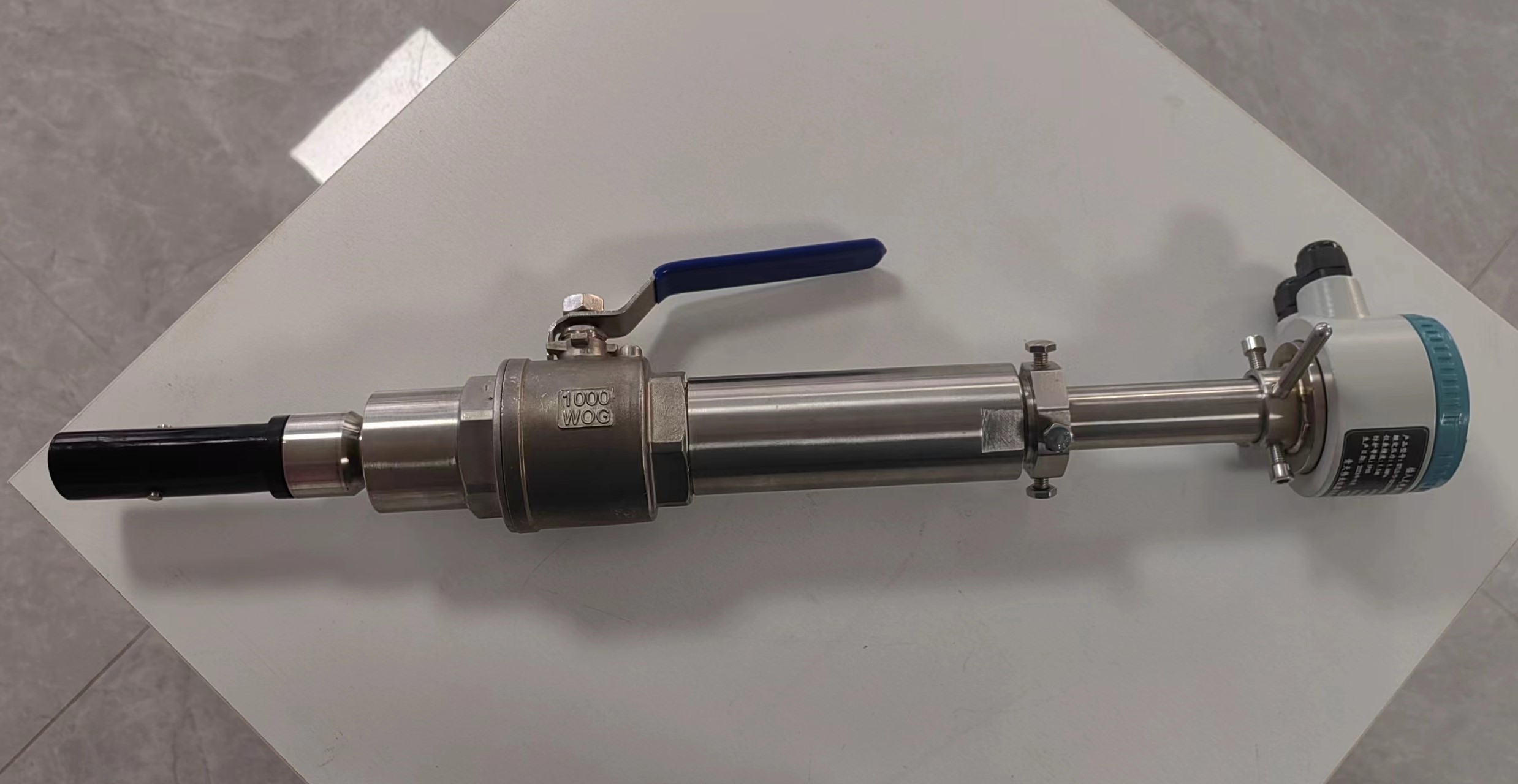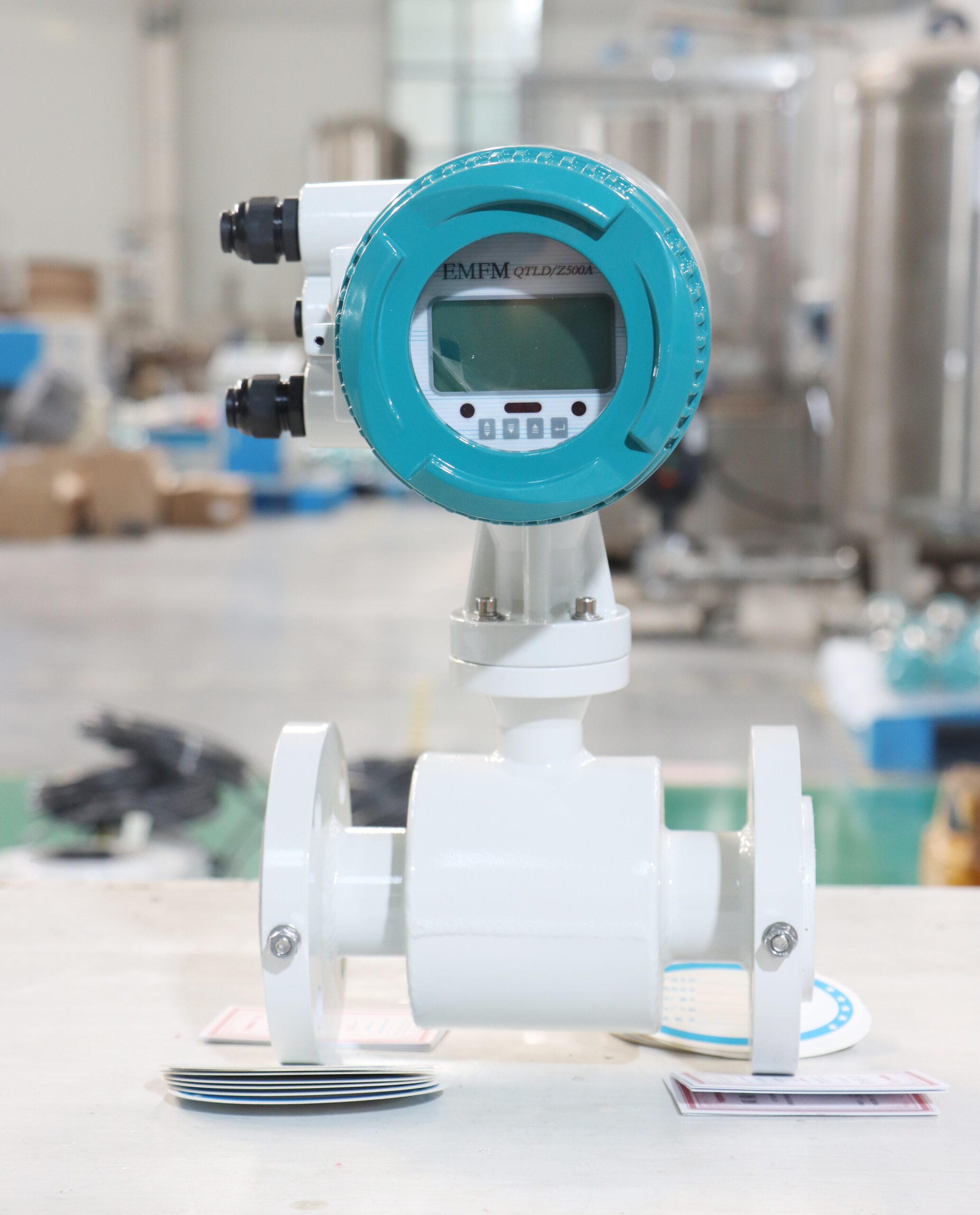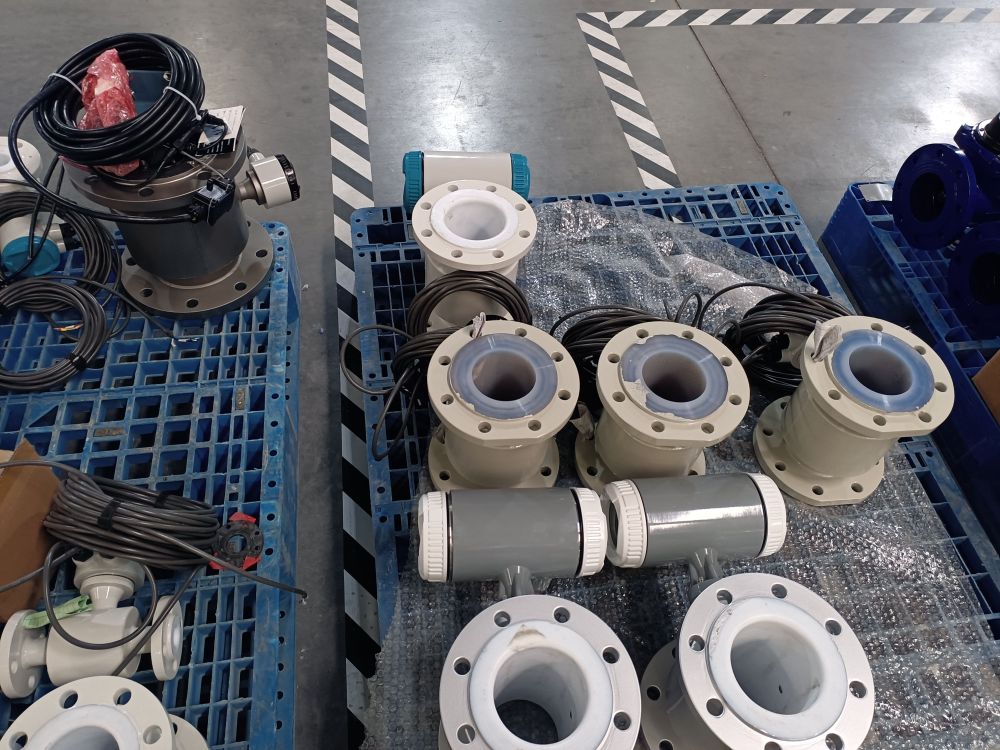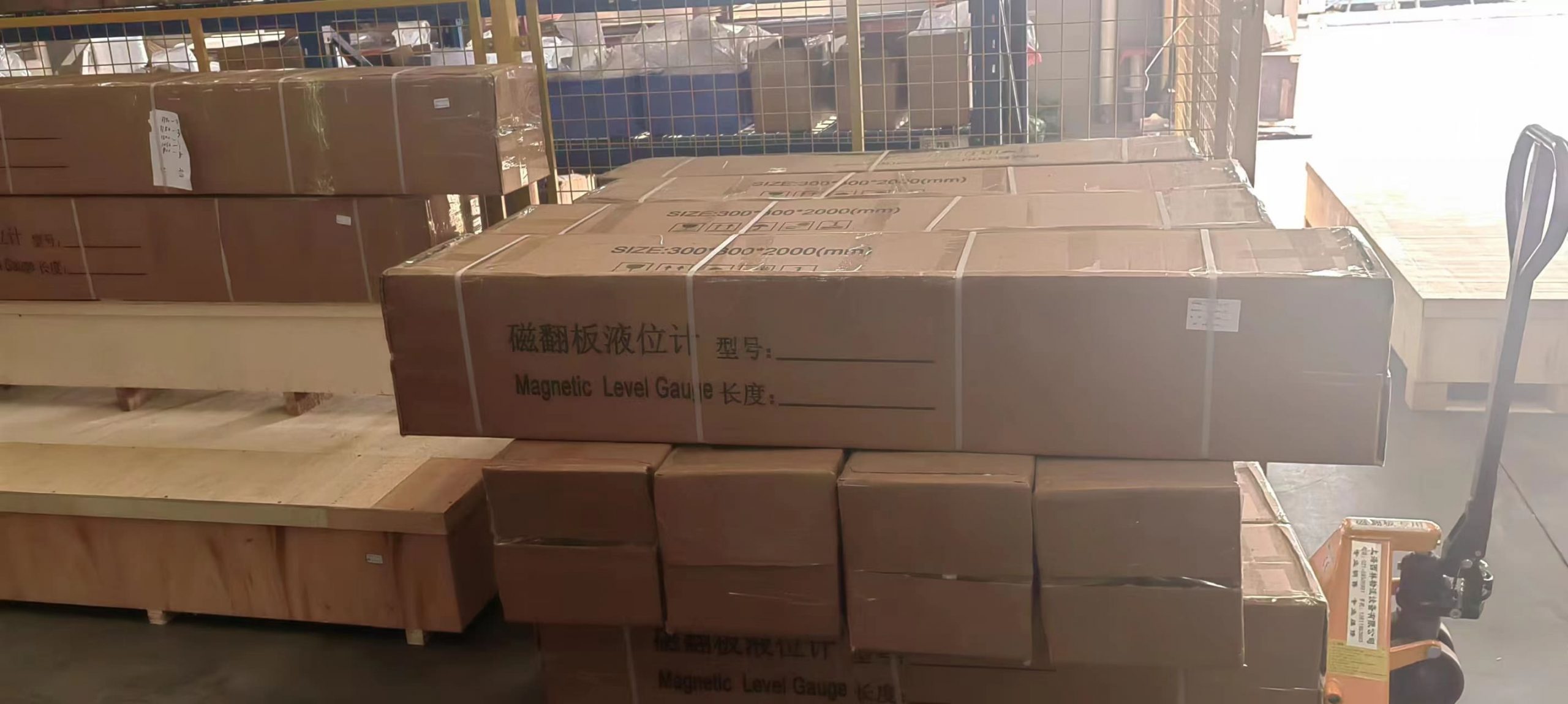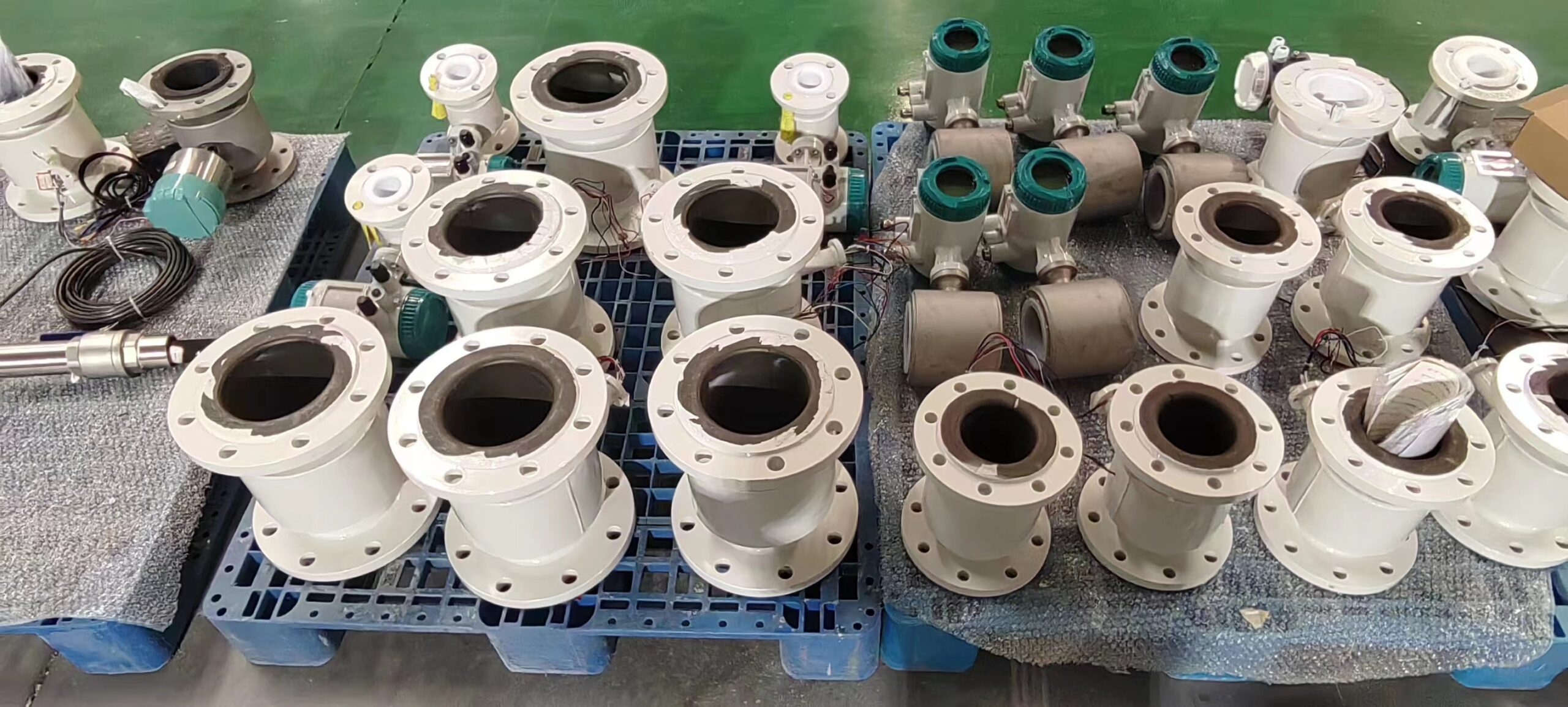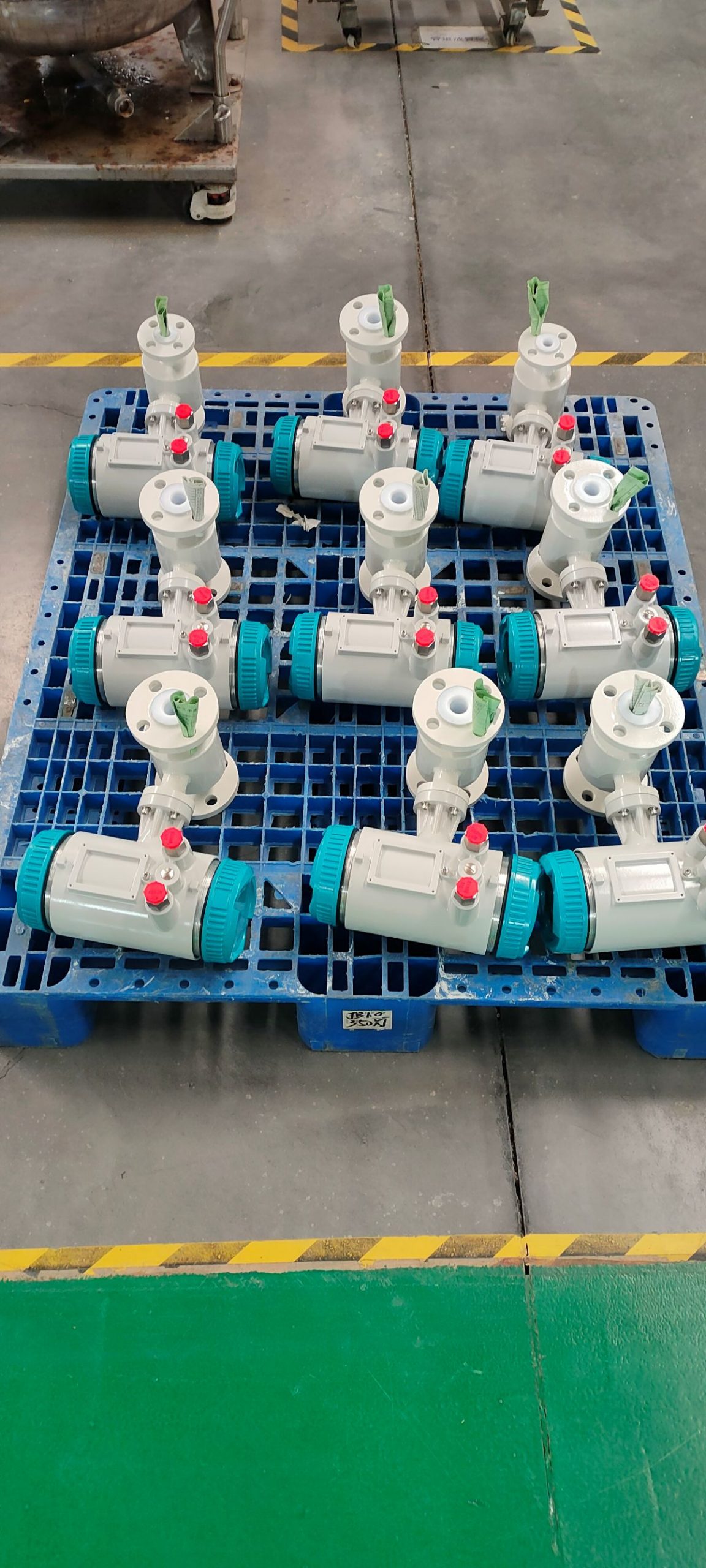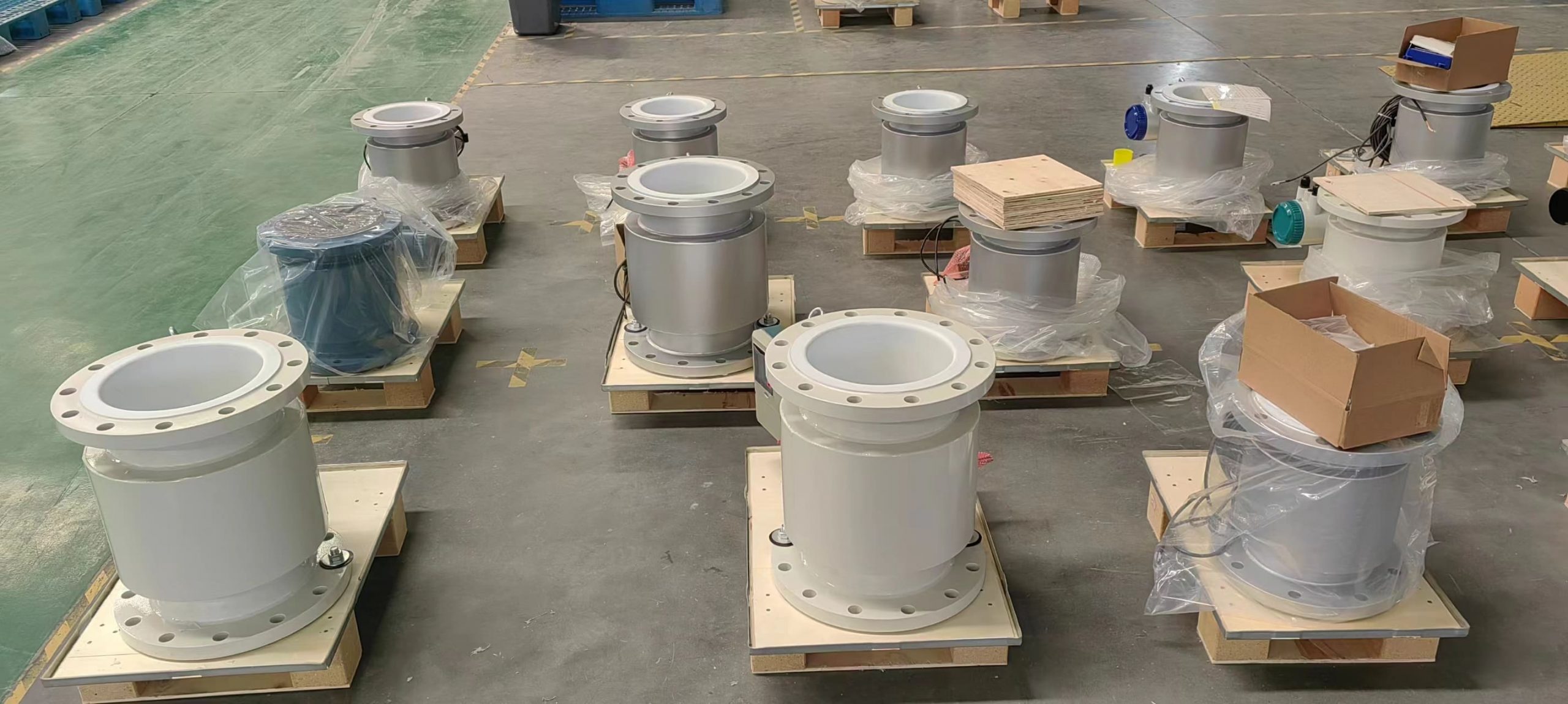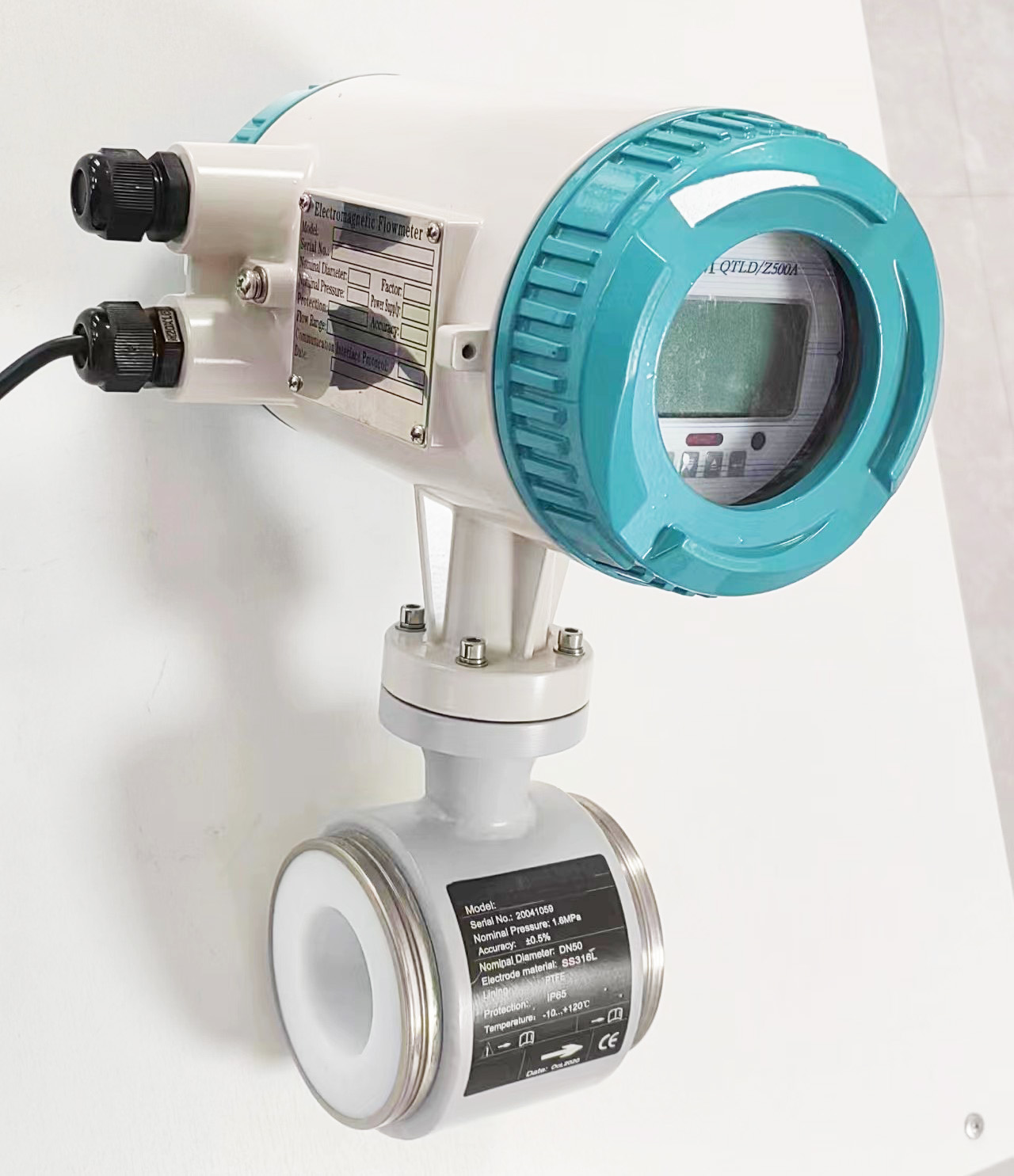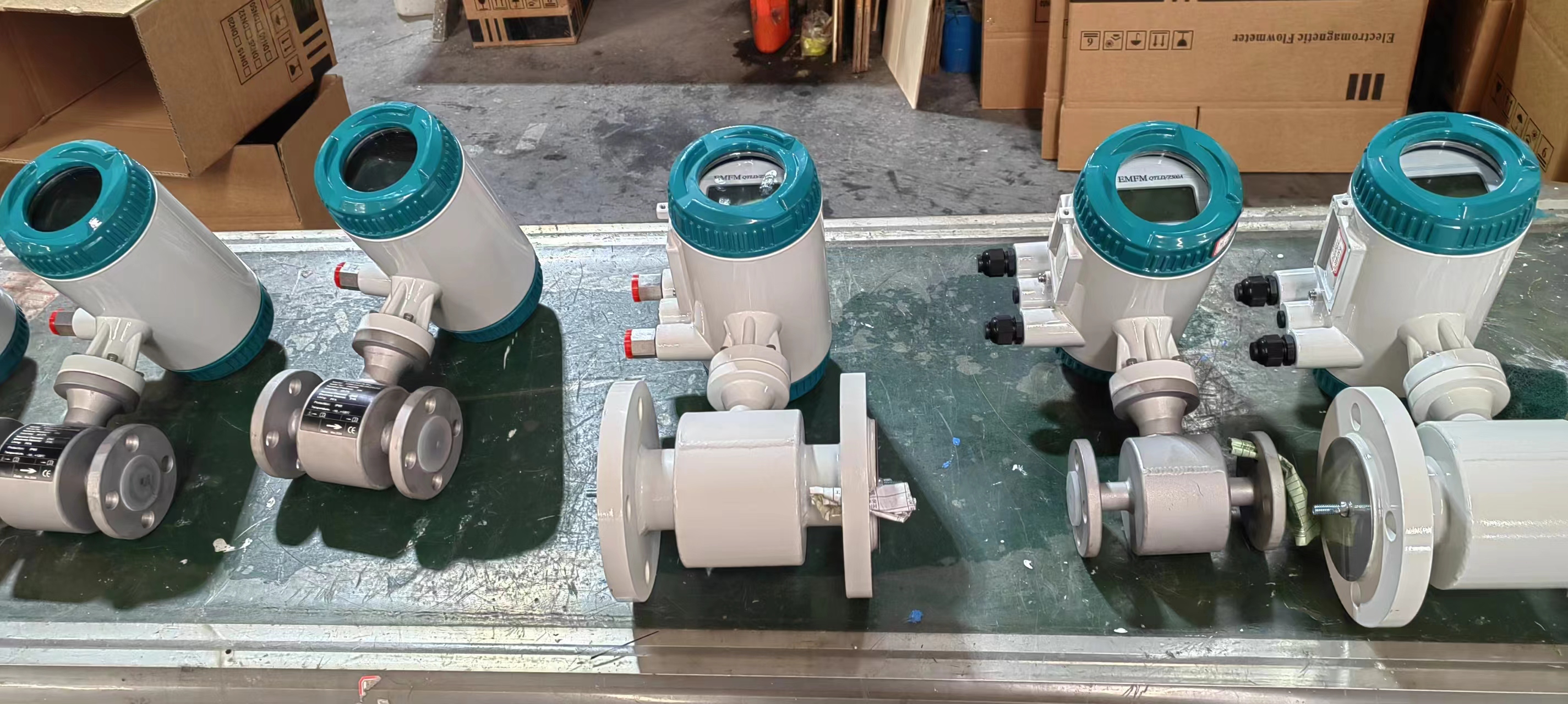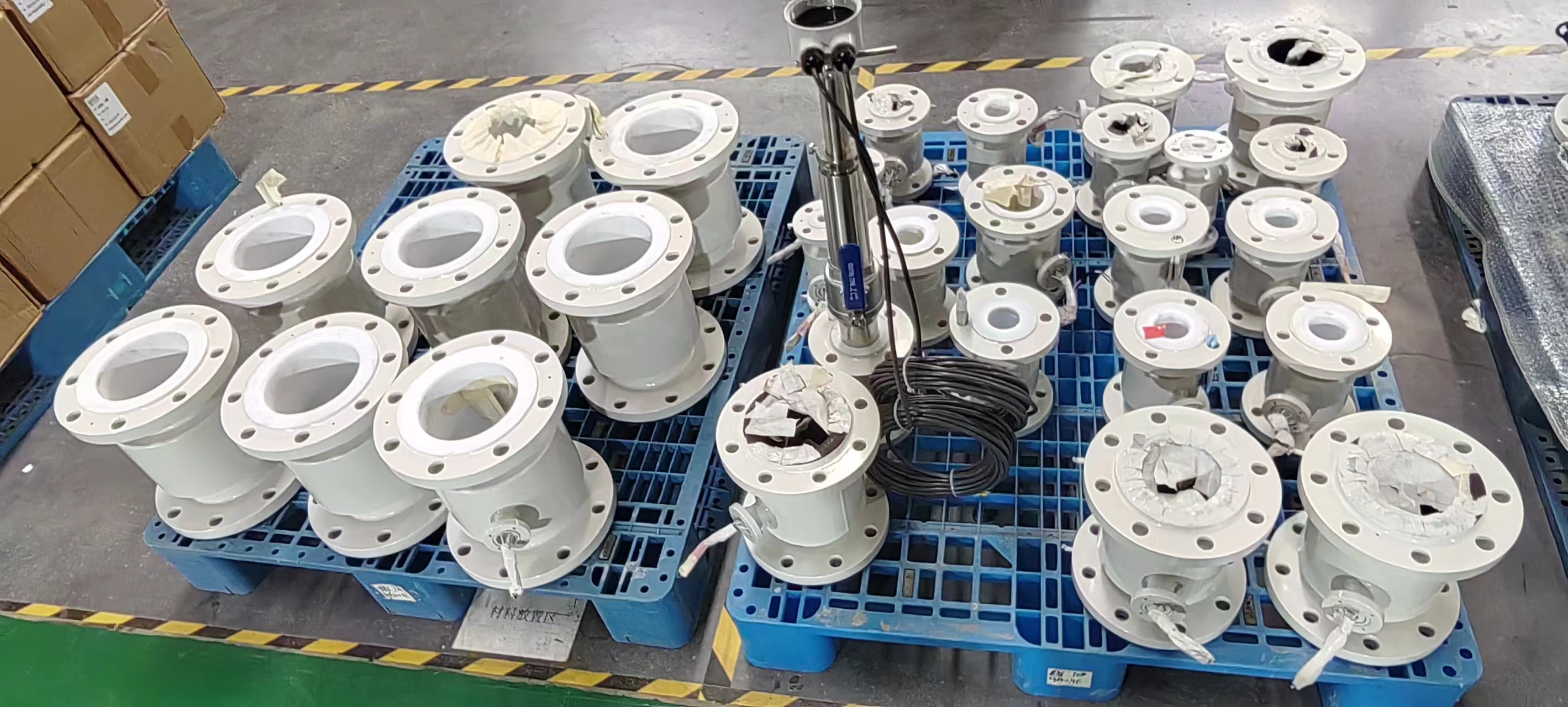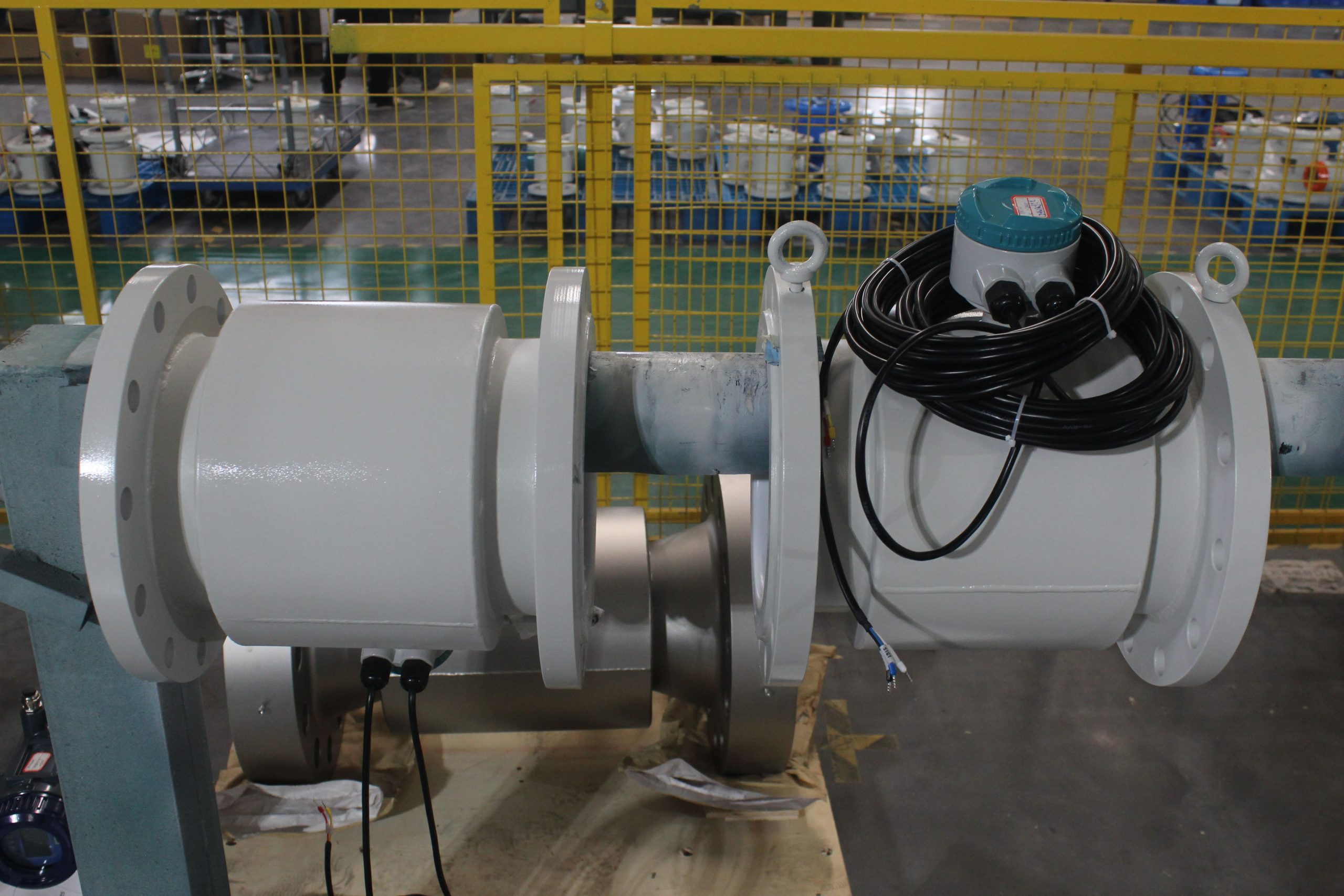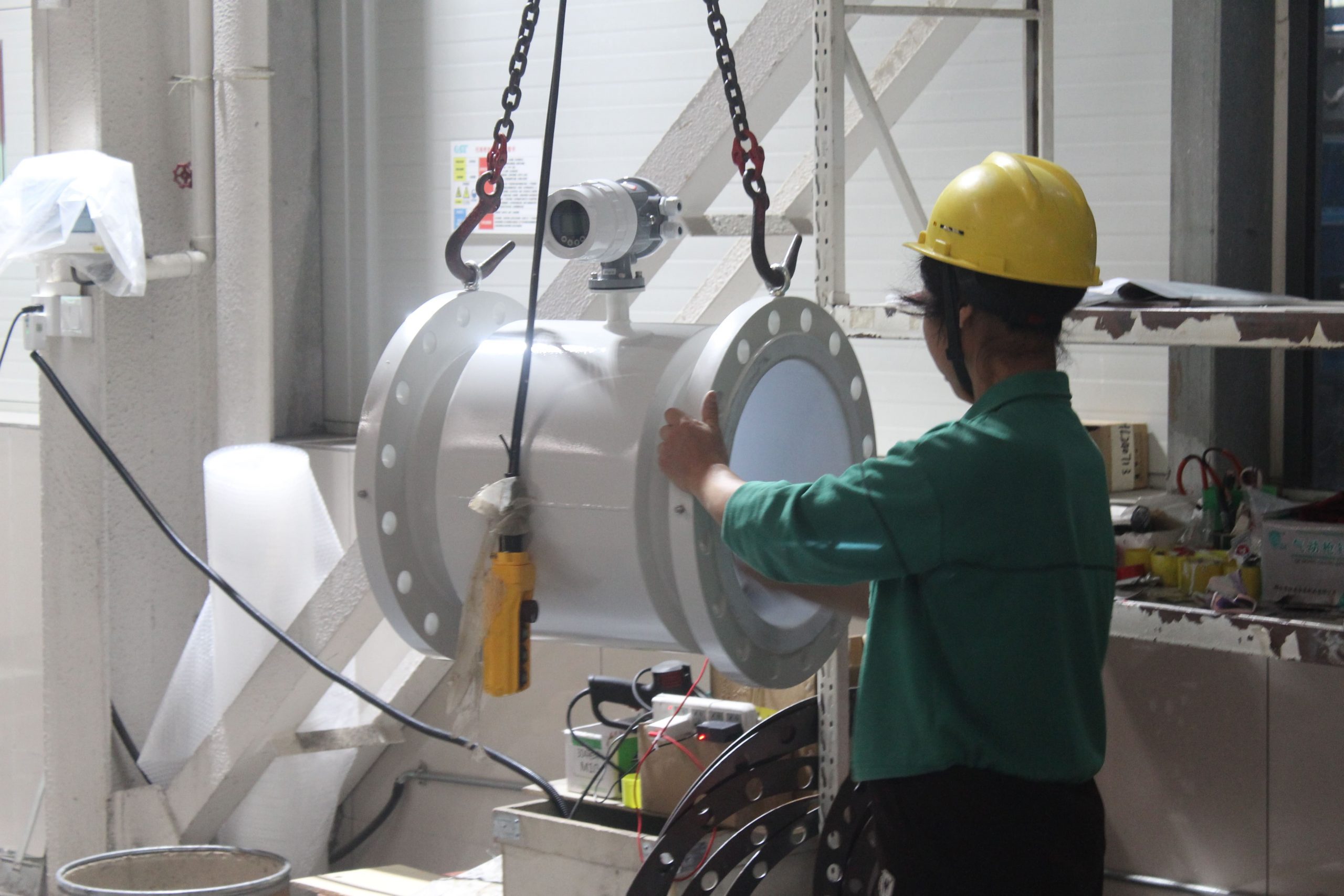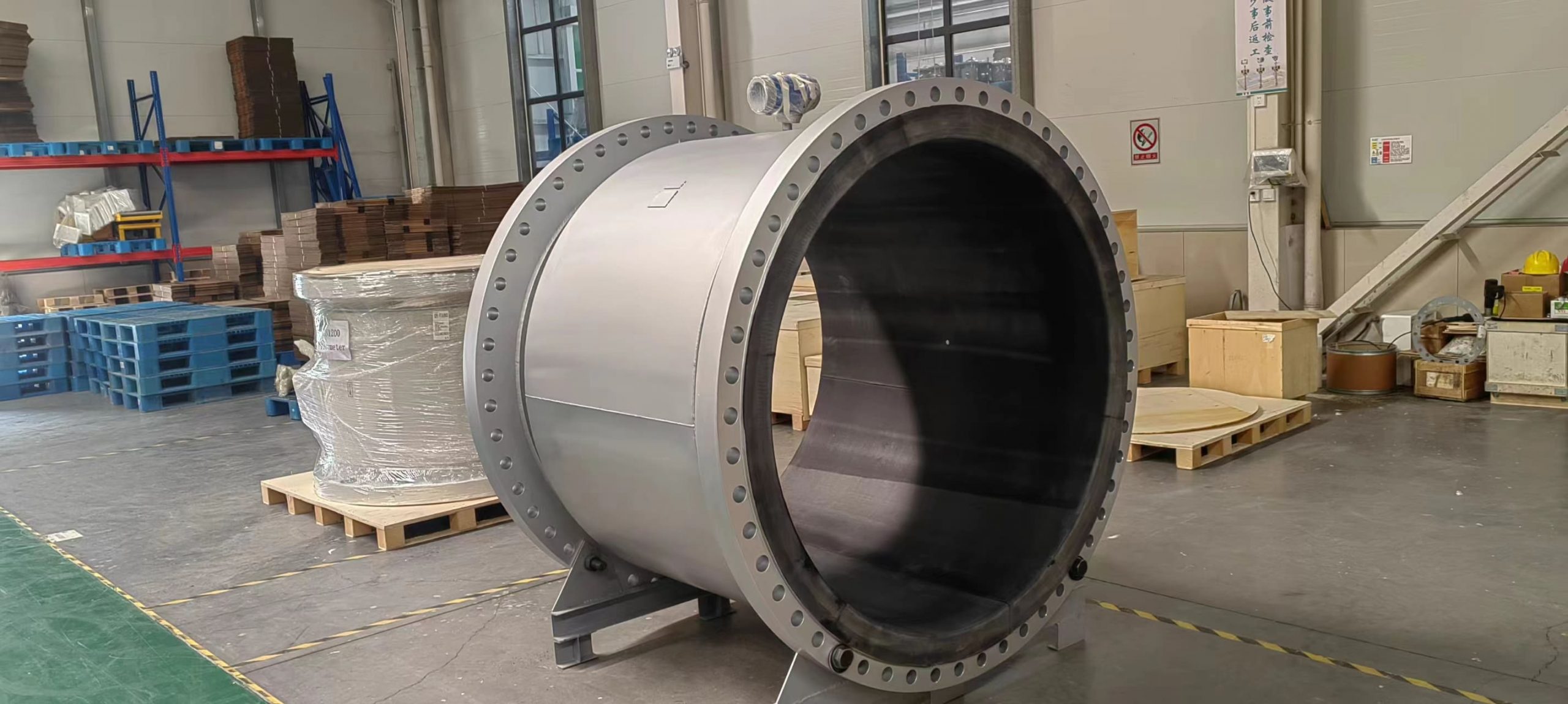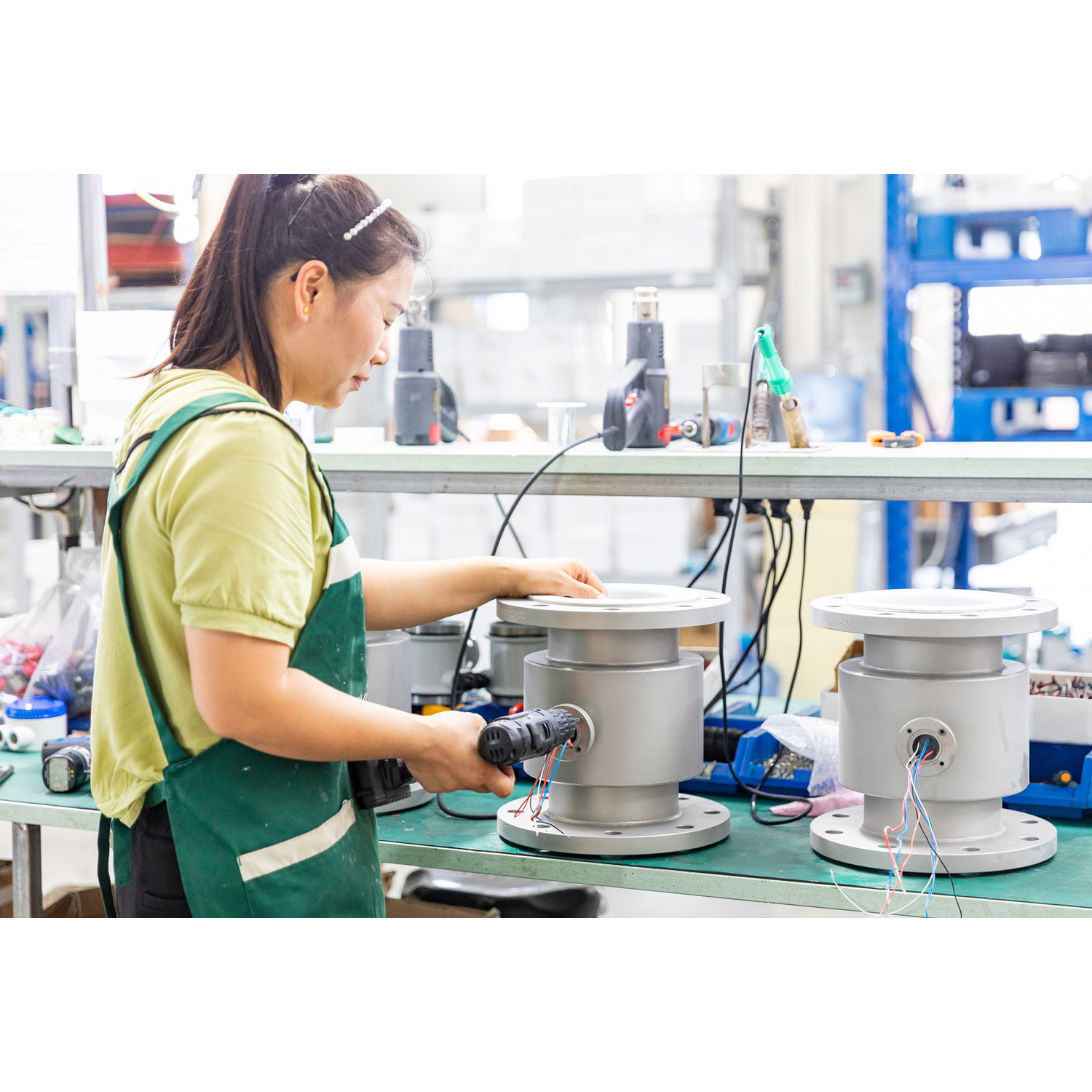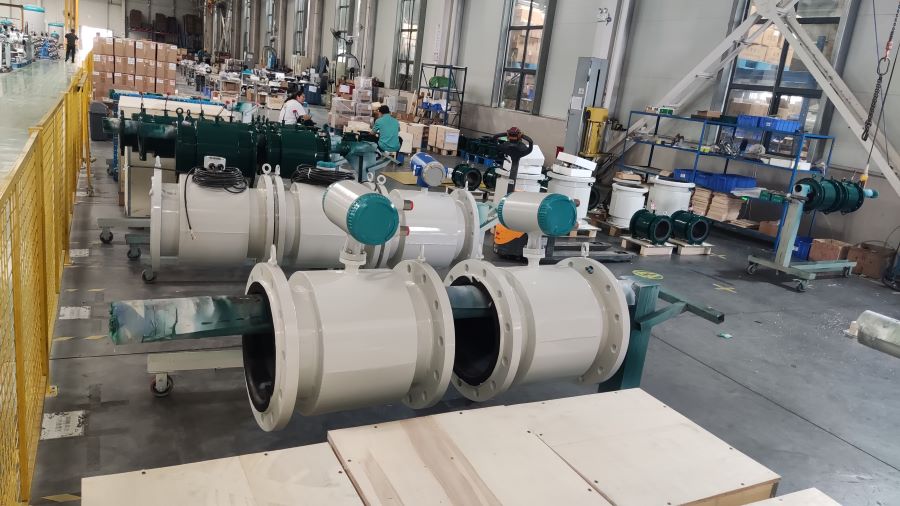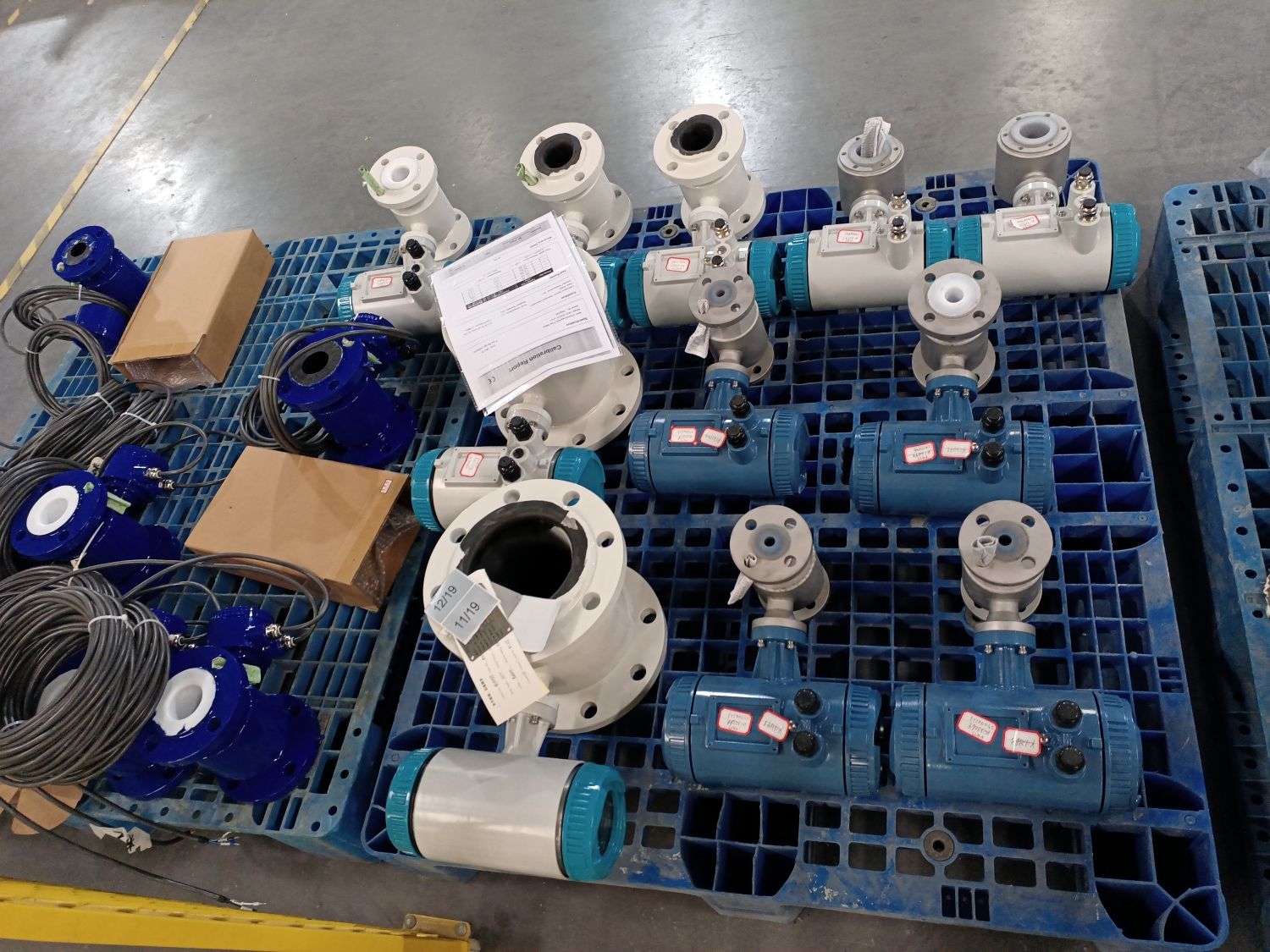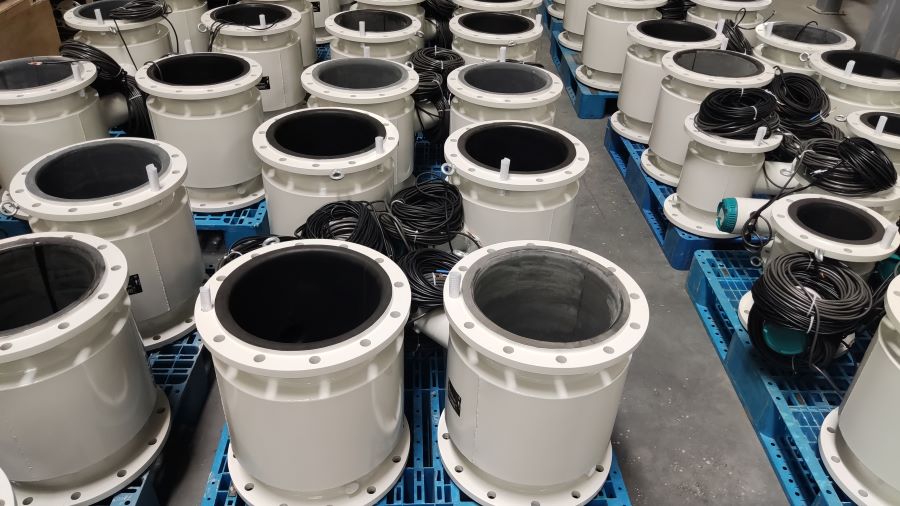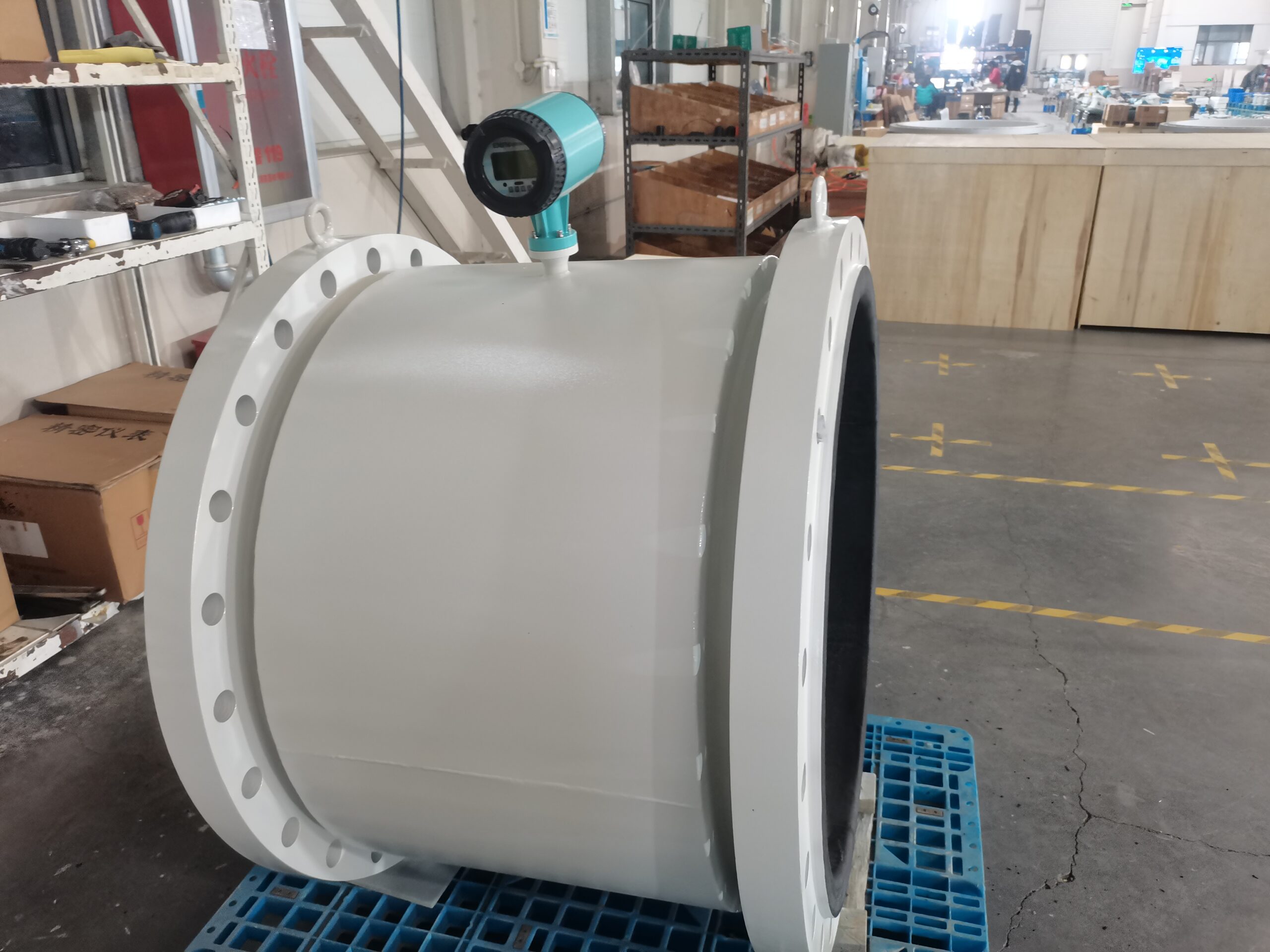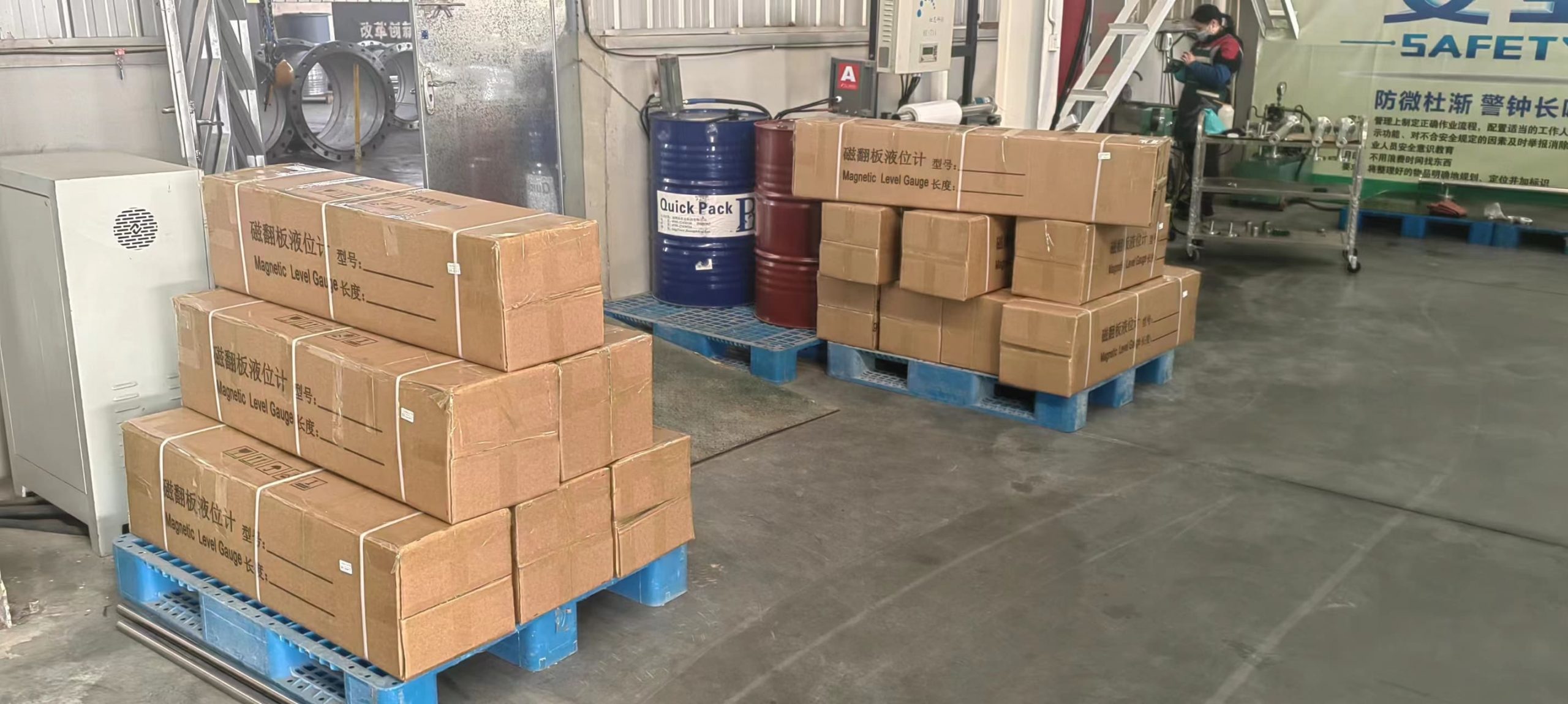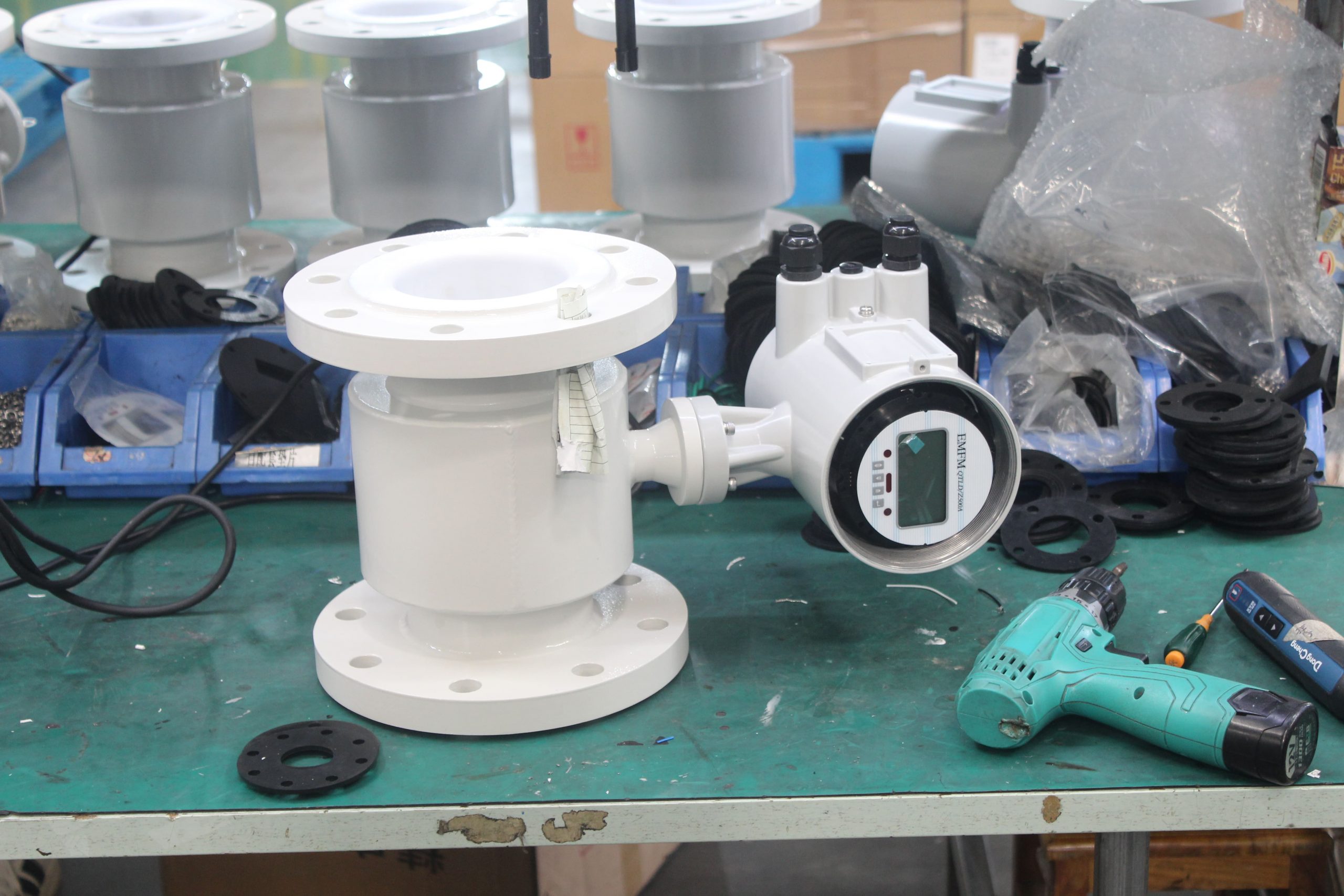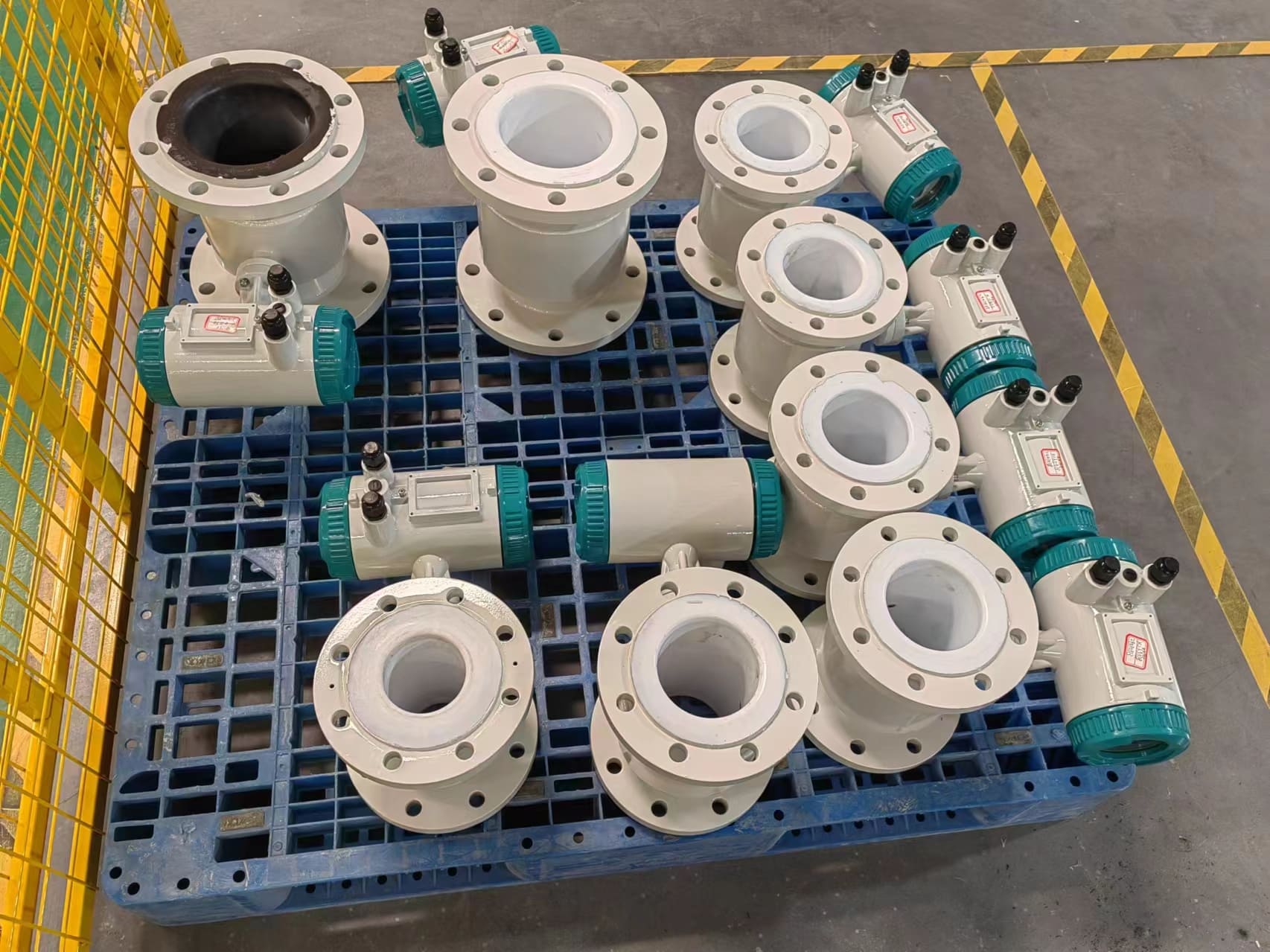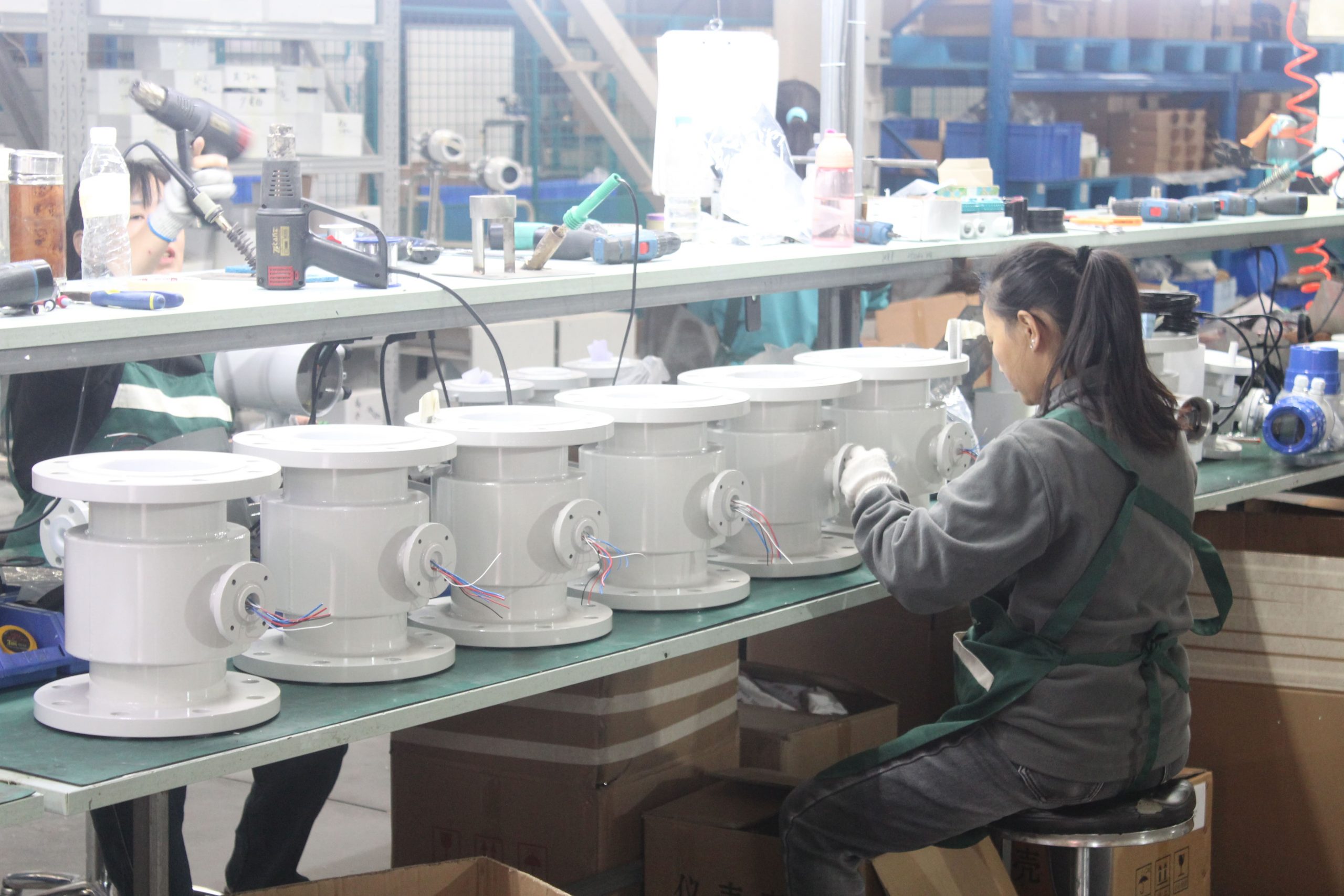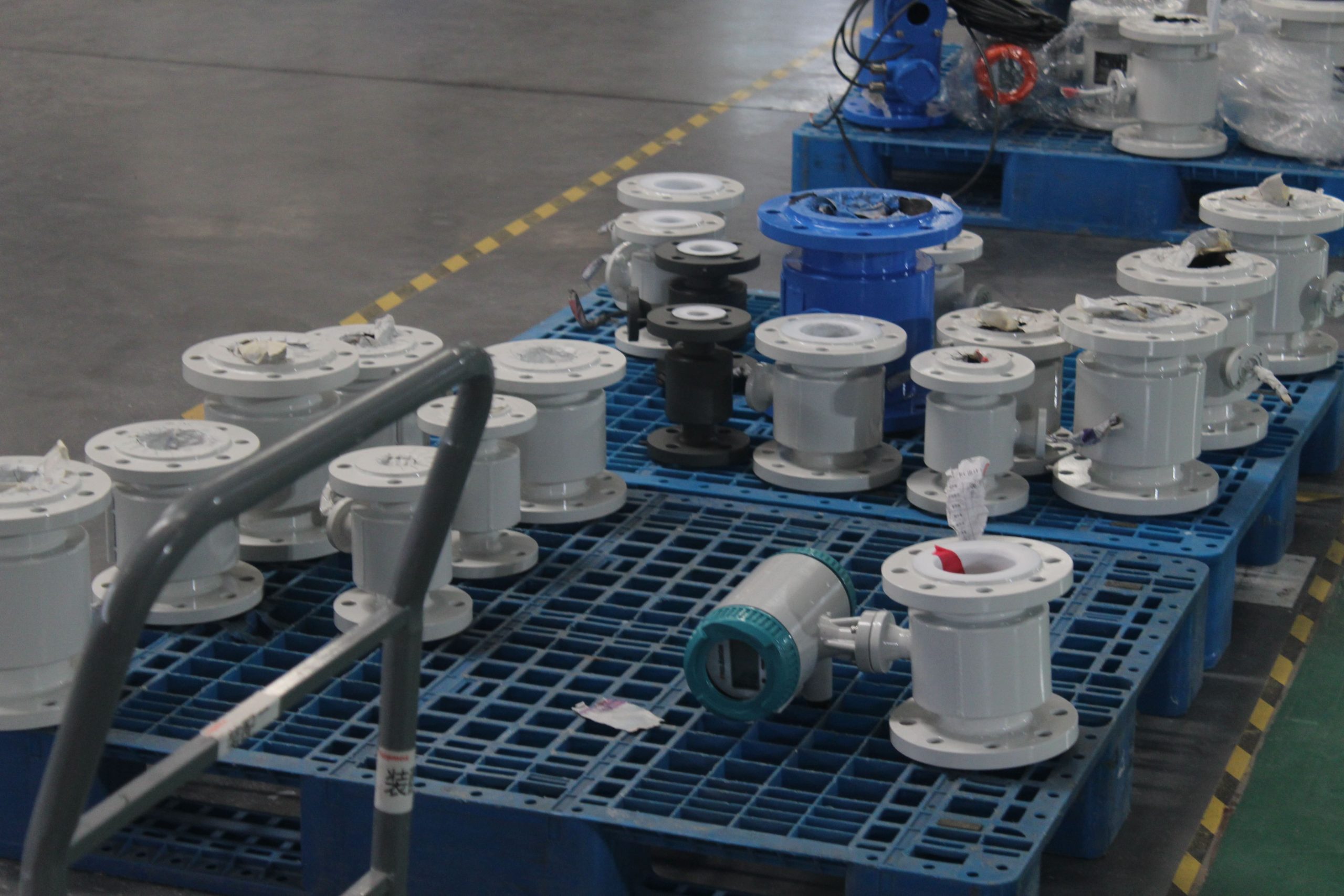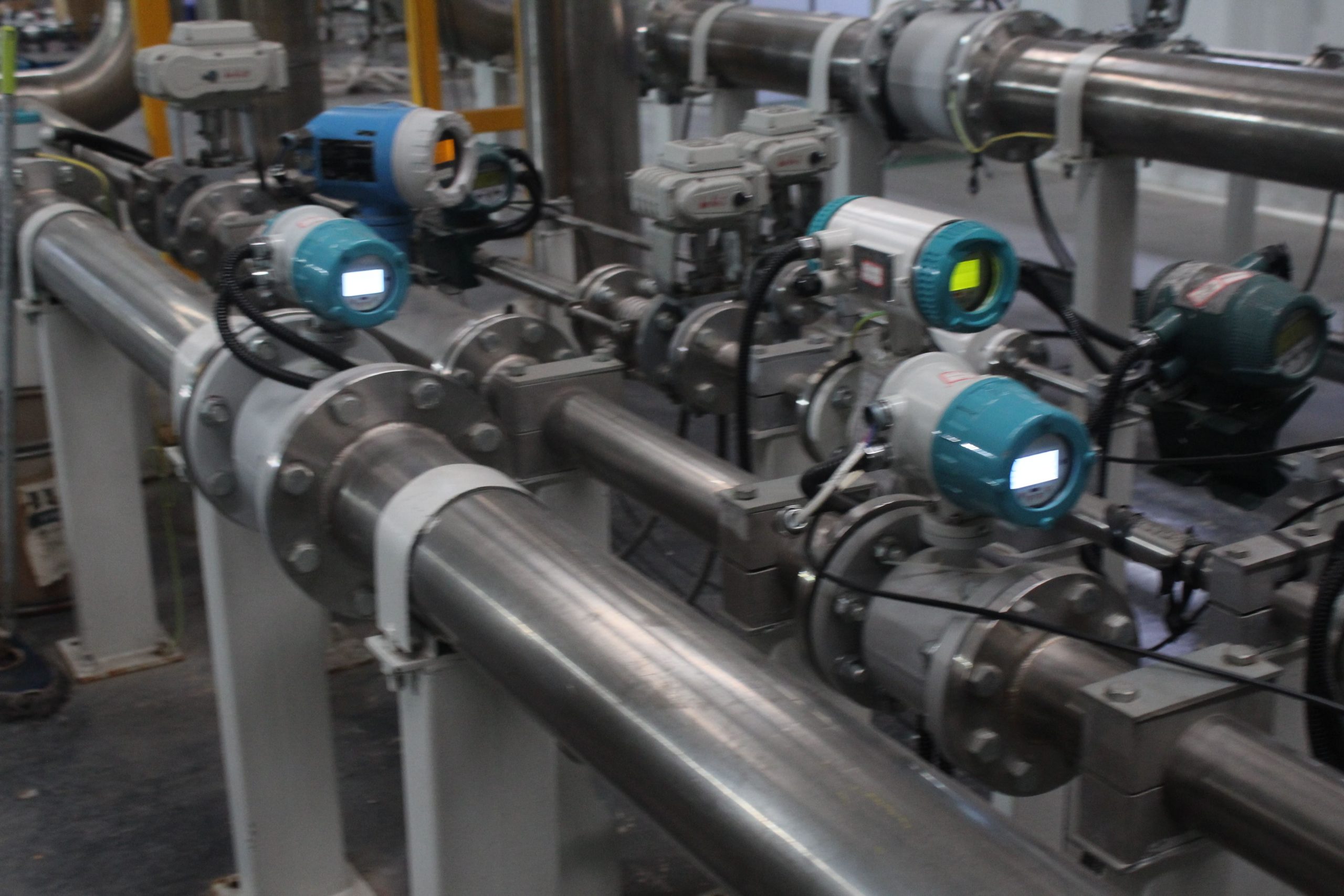What problems should be paid attention to when using electromagnetic flow meters?
Electromagnetic flowmeter as a widely used precision instrument products, whether it is the purchase, installation and commissioning and use process need to spend a lot of energy, then, the use of electromagnetic flowmeter should pay attention to what problems?
1. Precautions for the sensor installation environment. To ensure the normal operation of the electromagnetic flowmeter sensor, it is necessary to install it in a dry and ventilated place indoors, and avoid installation in places where the temperature is too high, there is strong vibration or magnetic field.
2. Measure with a full tube. When measuring a conductive liquid with an electromagnetic flowmeter, the measuring medium needs to be filled with the sensor measuring tube, which requires the transmitter to be vertically installed to ensure the bottom-up flow.
3. Grounding information. The AC potential measured by the sensor electrode of the electromagnetic flowmeter is based on the internal potential of the sensor, so it is necessary to ground the sensor housing and the two ends of the metal tube to ensure the stability of the measured liquid potential.
4. Avoid interfering with signals. In order to avoid the influence of interference signals on the measured transmission signal, it is necessary to use a shielded wire between the sensor and the converter for signal transmission. The signal cable should not be placed parallel to the power cable in the same cable steel pipe, and the length of the signal cable should not exceed 30 meters.
5. Avoid deviation of measurement results. The small result is mainly due to the decrease of signal line insulation to ground, the decrease of excitation coil insulation to ground and the decrease of excitation current, resulting in the small measurement result. The fluctuation of the measurement results is mainly due to the instability of the contact resistance at the signal cable connection and the instability of the contact resistance at the excitation circuit cable connection, which causes the fluctuation of the measurement results. Identify specific causes of bias and then eliminate these effects.

